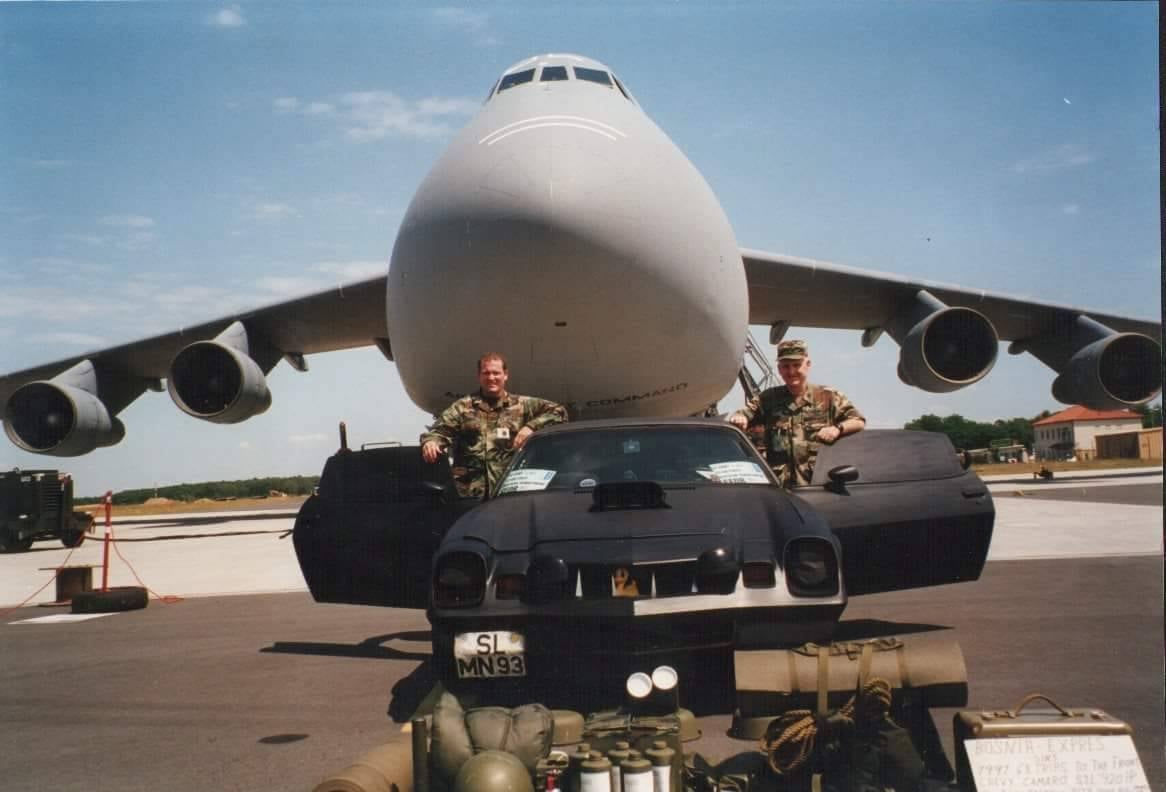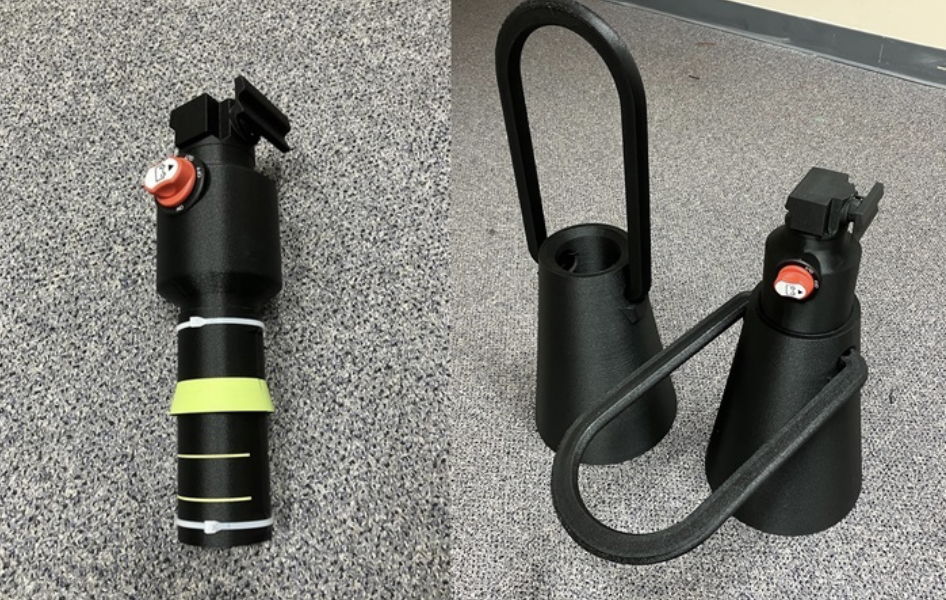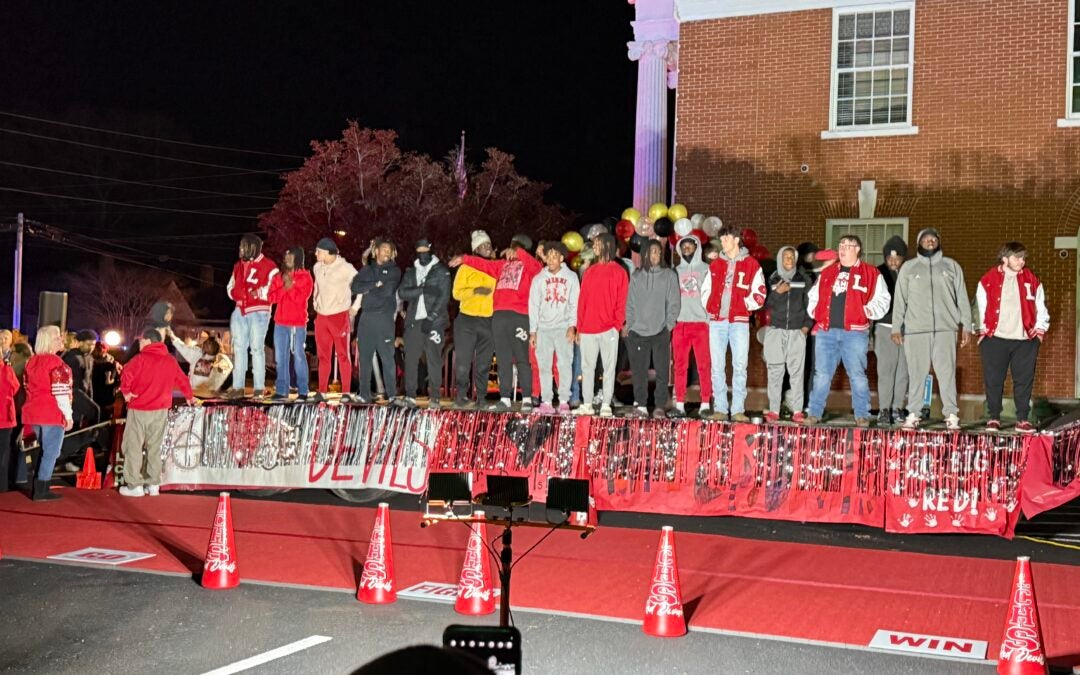(Disclaimer: The opinions expressed in this column are those of the author and do not necessarily reflect those of The Augusta Press.)
Union General William T. Sherman taught that war is hell, but through the worst of it, angels can be identified from time to time.
Helge Meyer and his unlikely partner, a Malaise Era Camaro, were two such angels that completed over a hundred humanitarian missions in the former Yugoslavia in the early 90s.
While European cars are considered status symbols in the United States, the opposite is true in Europe.
American muscle cars have always been coveted by Europeans because they are so different from the local offerings. In 1991, Meyer was living in Germany, and found an airman from the United States who was selling a 1979 Camaro.
Meyer, a retired Danish Special Forces soldier, bought the car to drive around while he worked in Germany.
The 1979 Camaro isn’t exactly the greatest piece of steel America has ever pressed out. With an EPA-choked 350 cubic inch V8, the Camaro could only muster 170 horsepower, giving it an embarrassing eight second 0 mph to 60mph time, according to Chevrolet’s published specifications.
However, the car was sturdy and easy to modify to the customer’s choosing. Plus, it was a Camaro, and Camaros are cool no matter where you are in the world.
In 1992, an all-out civil war broke out in the former Yugoslavia, which put many civilians in grave danger.
MORE: MotorHeadline: EVs hit a speed bump
Dictator Josip Broz Tito had managed to keep the loose Communist confederation together for decades, despite ethnic and religious differences, according to David Anderson, writing for the Australian Parliamentary Library.
Tito was known as the only man that Joseph Stalin could not kill, but after his death in 1980 due to heart surgery complications, the provinces that included what is today Bosnia and Herzegovina, Croatia, Macedonia, Slovenia, Serbia and Montenegro went from suffering a political vacuum to all-out war within a decade.
The war in Yugoslavia is how the modern term “ethnic cleansing” came about, replacing the more apt term: genocide.
Supply trucks from the United Nations and the Red Cross were routinely blockaded and looted, causing people on all sides of the conflict to lack the basic supplies to survive.
While countries from around the world were stymied in efforts to help due to political ramifications, Meyer had a plan, and it hinged on his Camaro. Most of us would have just sent thoughts and prayers, but Meyer decided on his own to act and save lives.
Meyer’s plan was to outfit his car with special equipment and deliver supplies to any civilian in need who was in the conflict.
Working with U.S. Army and Air Force off-duty personnel, the car was transformed into a vehicle that looked at home on the set of Mad Max. Think an early version of KITT with a member of the A-Team behind the wheel.
The car was armored with steel plating and Kevlar panels to protect Meyer from gunfire and explosives. It was painted flat black with special paint that absorbed heat and avoided casting a radar signature.
The Camaro was also outfitted with infrared lights and equipment so Meyer could drive at night. A makeshift mine plow was welded to the front and the tires were filled with foam to protect from deflation. Lastly, a larger engine was installed and fitted with nitrous oxide for a quick getaway if chased.
With these modifications, the Camaro could carry 880 pounds of supplies into a war-torn wasteland and do it quickly, according to statements Meyer makes on his Facebook page.
MORE: MotorHeadline: New year revolutions – What to look for in 2023
Meyer would fill the Camaro with donations from humanitarian organizations and plan his route using his military experience. Food, water, medical supplies and even toys donated by Lego found their way into the arms of civilians who felt they were forgotten by the international community.
Meyer wore fatigues and a battle helmet, kept a copy of the Holy Bible in his pocket, but never carried a firearm. Relying on his faith and his Camaro to keep him safe, he earned the nickname as “God’s Rambo” and penned an autobiography by the same name.
The Camaro also got a nickname, locals called it the Ghost for its ability to appear out of nowhere and vanish just as quickly.
When Meyer was going to see children, he would change into civilian clothes so as not to frighten them. The locals knew the sound of the Ghost’s engine when it roared into town delivering hope.
It is estimated that Meyer completed over 100 runs into the warzone, earning praise from the worldwide humanitarian community.
After the conflict, Helge Meyer drove his Camaro back to Germany where he lives with his wife.
So, what happened to the other hero of the story? Much like a retired military K9 that lives out its days with the handler, the Camaro sits in Meyer’s driveway in almost the same condition it was in during the war.
Meyer’s personal Facebook page has public postings from him currently driving it and even videos from some of his runs. Meyer painted it orange and occasionally drives it to car shows and on the weekends.
His wife hates the old ‘79 Camaro, but I have a feeling it isn’t going anywhere.
Cheers and a toast to Helge Meyer. One hell of a driver and a humanitarian. As for me, I will see you on the road!
Taylor Bryant is an automotives instructor for Augusta Technical College.












